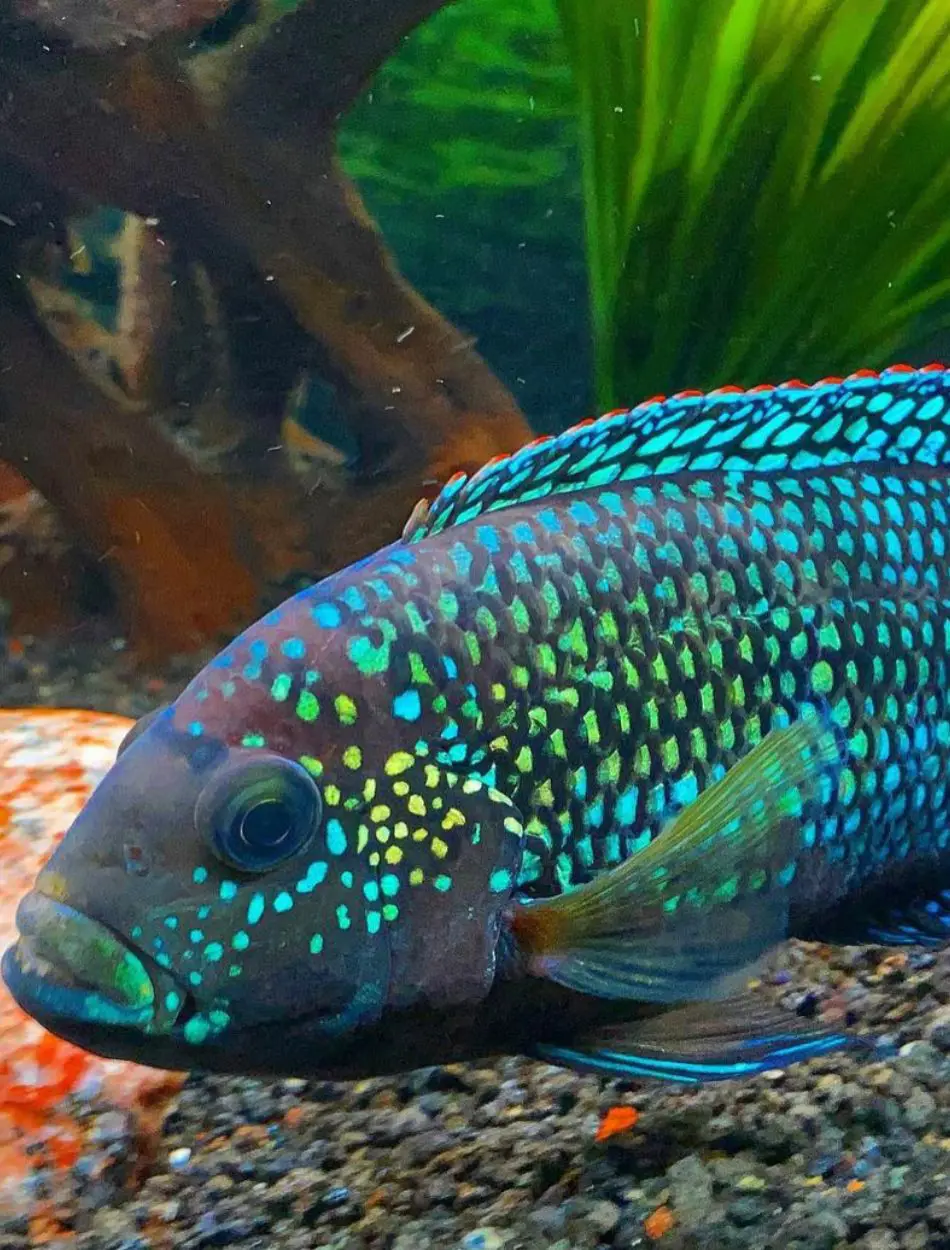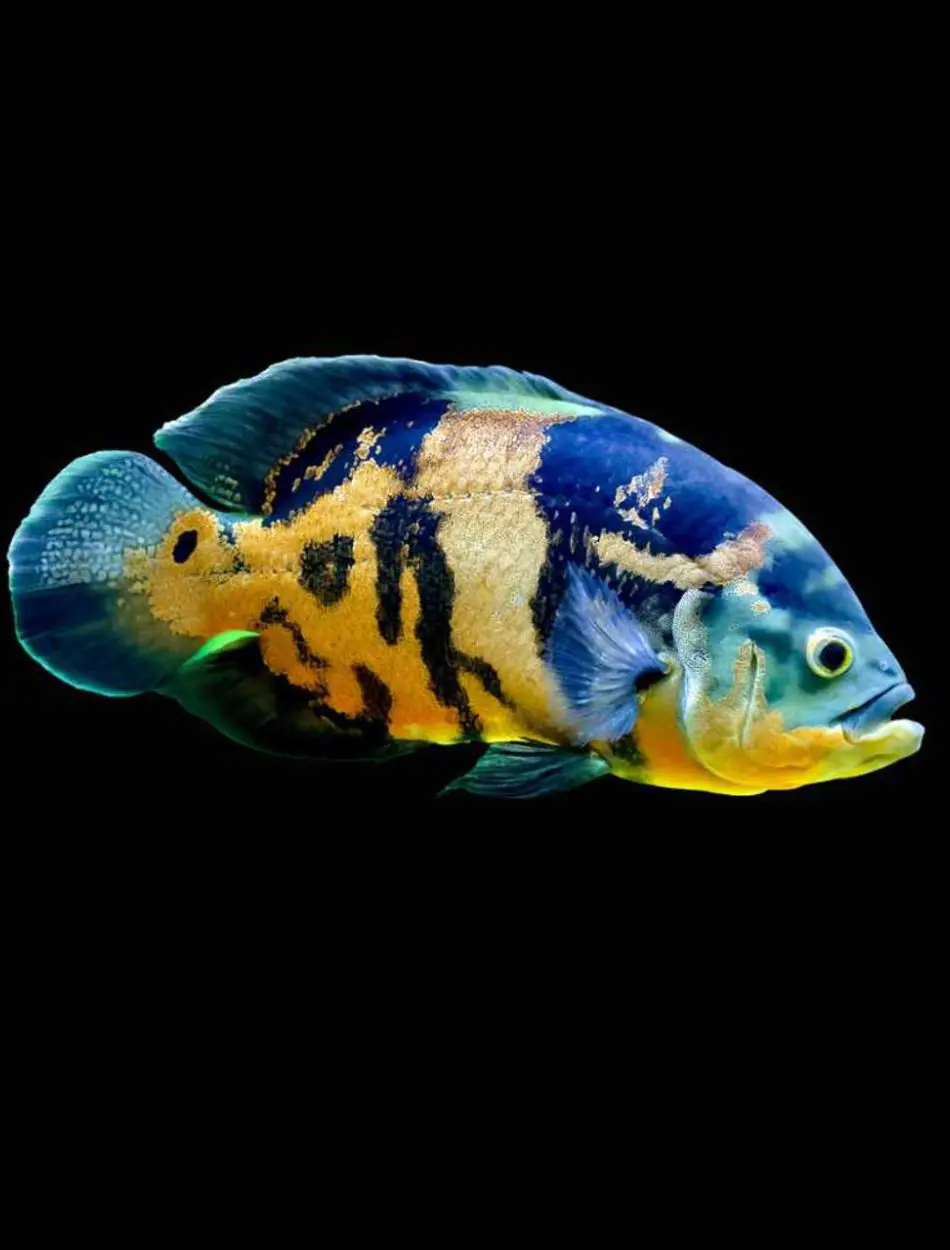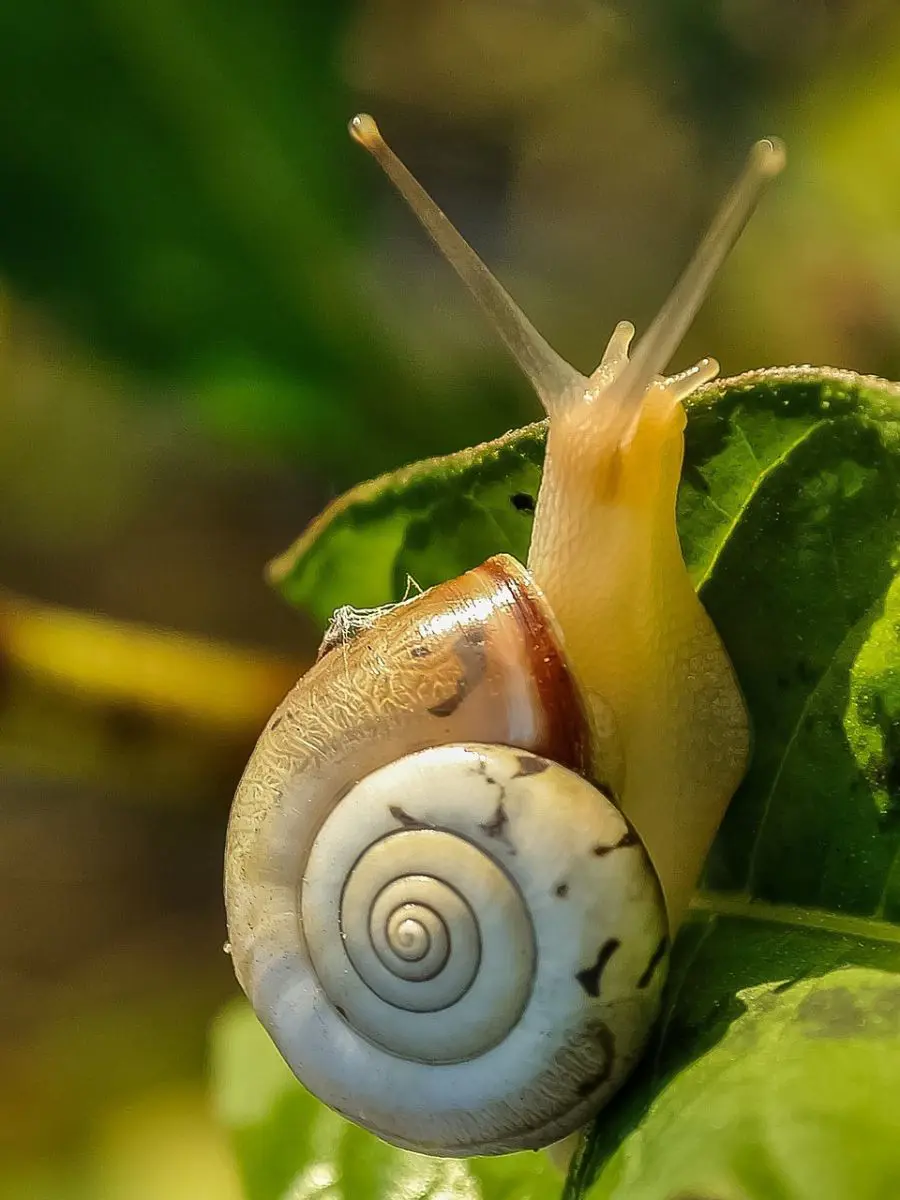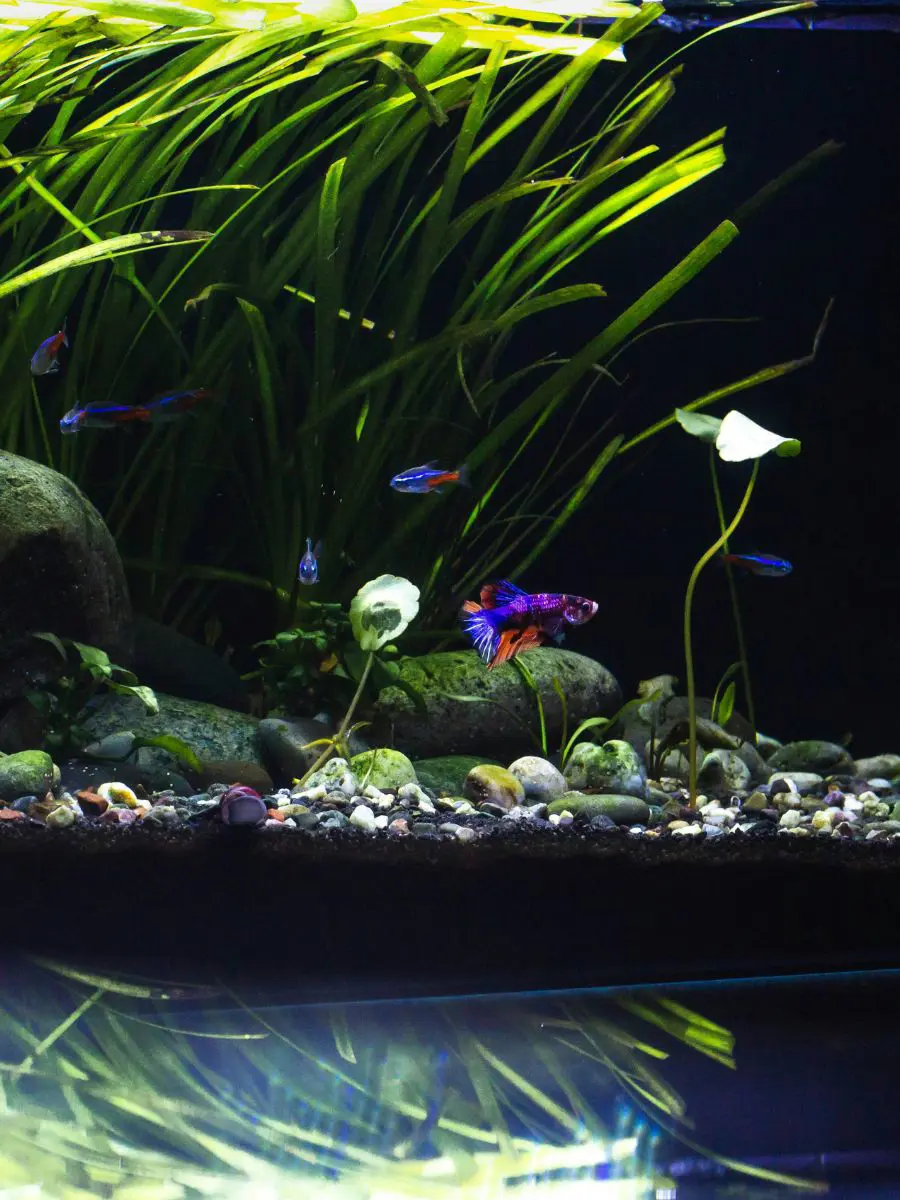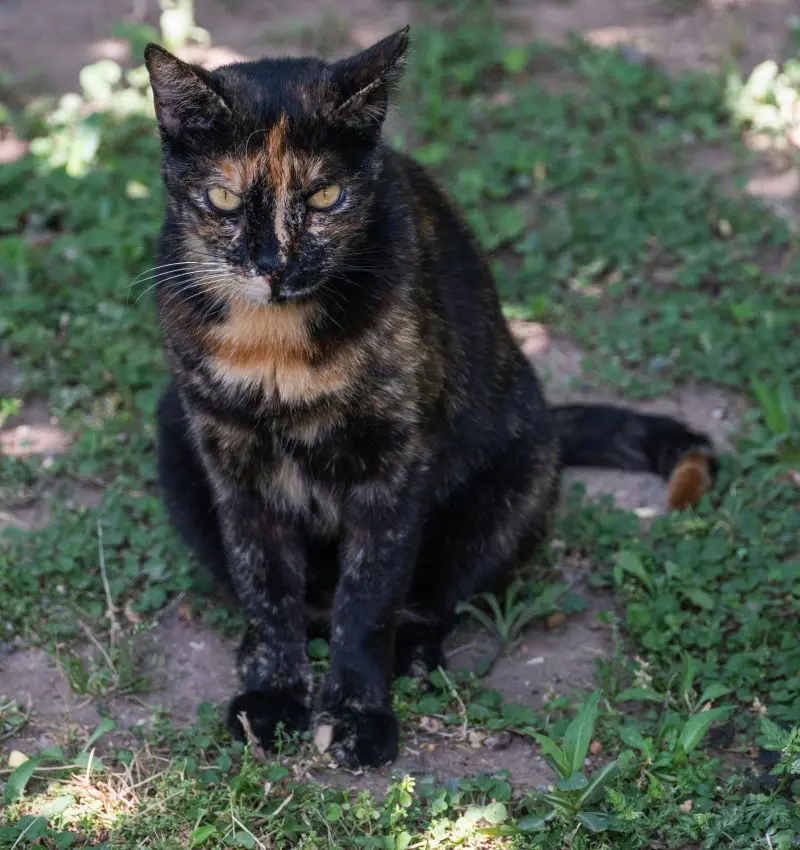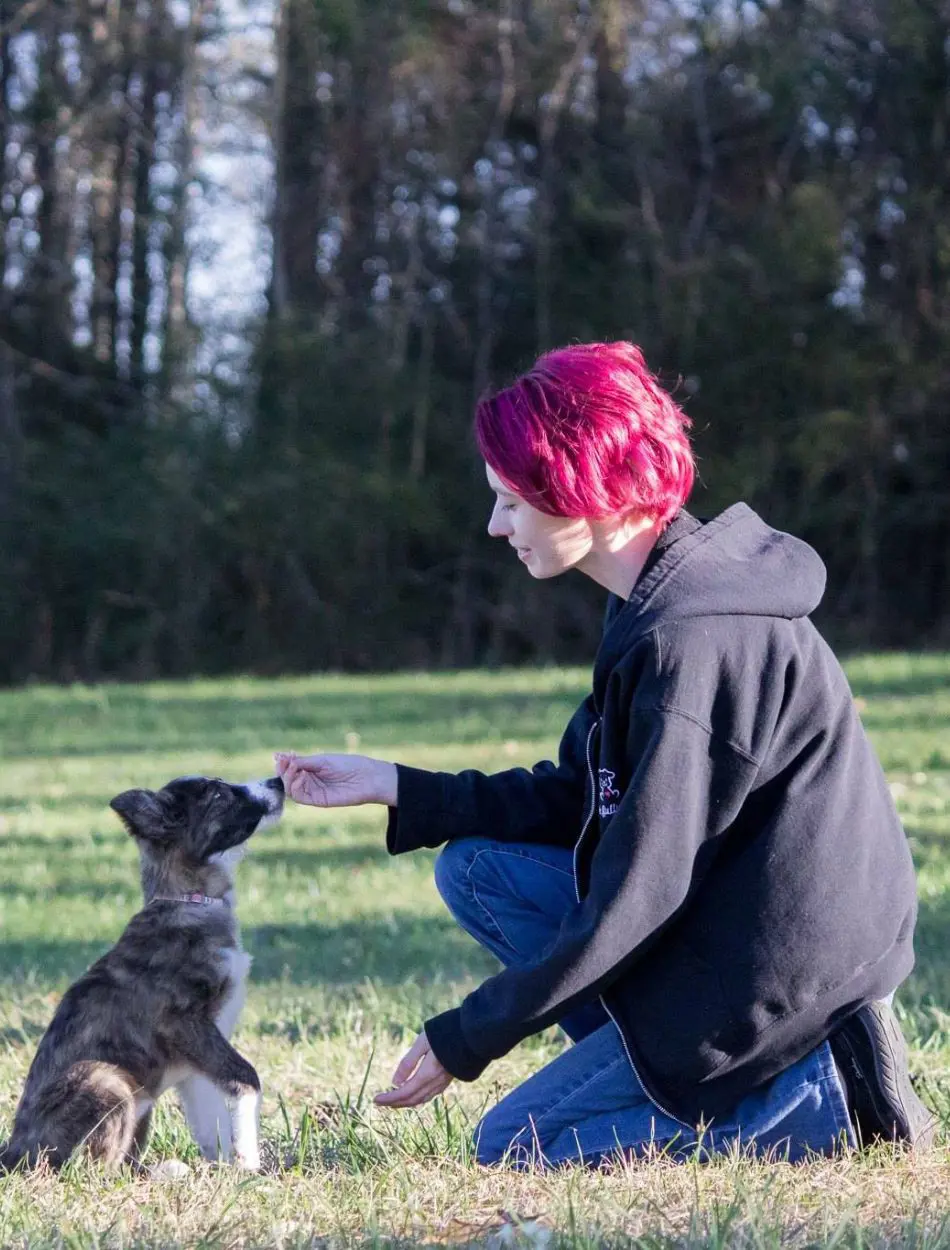20 Long Freshwater Fish For Aquarium
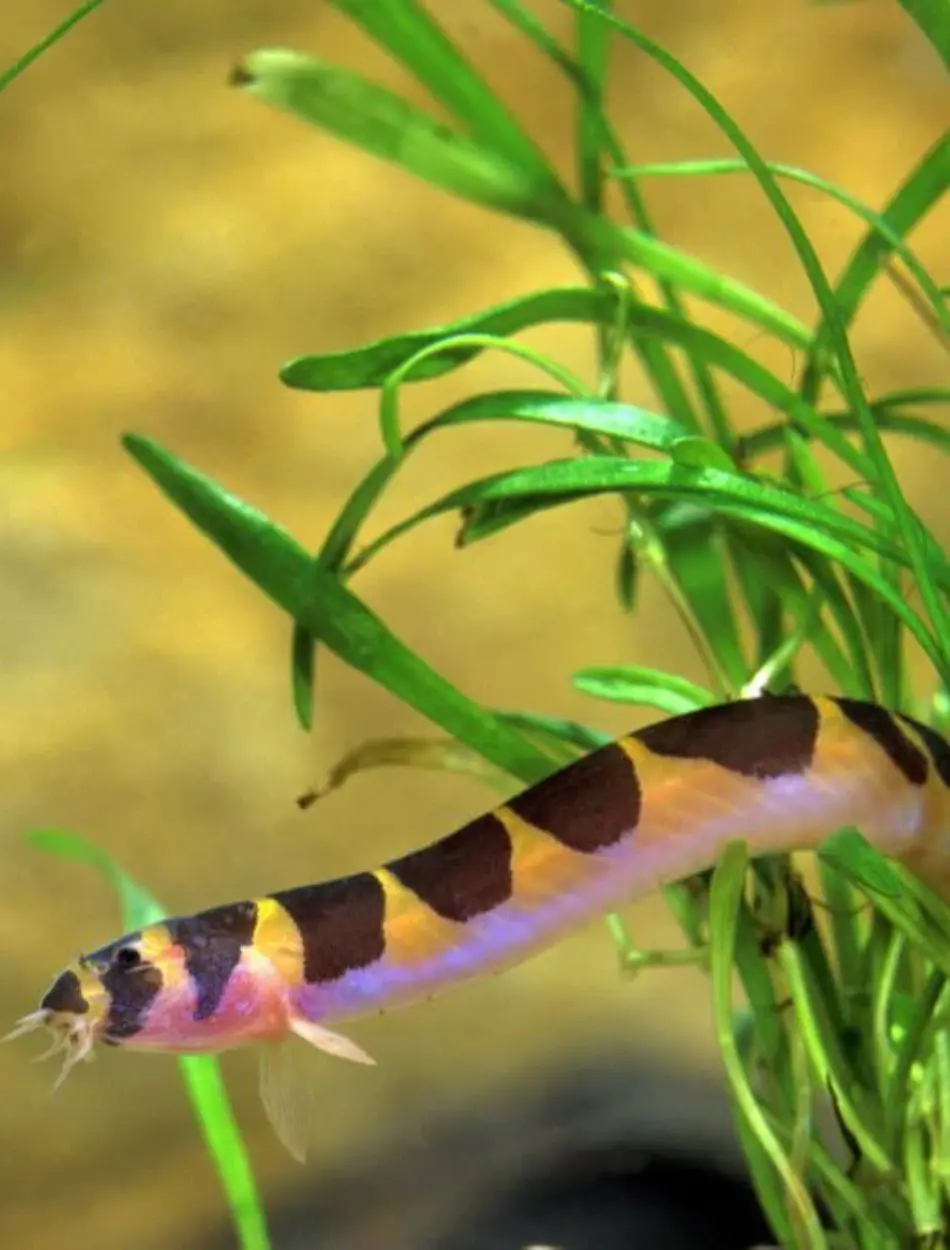
Having a range of long, gorgeous fish in your freshwater aquarium can make it an immensely fulfilling experience. Choosing the right fish is the first step to an exciting freshwater aquarium, and long freshwater fish are among the best options.
Their elongated bodies and active swimming patterns provide a vast display of beauty and variation in any aquarium. Here, we discuss 20 species of long freshwater fish suitable for aquariums, along with their sizes, nature, and upbringing demands.
1. Bala Shark
The Bala Shark gets its name from its shark-like appearance, but it is not an actual shark. This beautifully aristocratic and energetic fish reaches up to 14 inches in length and will surely be an attention drawer.
Since bala sharks prefer school in groups, a tank size of at least 125 gallons is recommended. They also need so much space for swimming.
Balancing sharks are best suited to a well-maintained environment with a pH range of 6.0–8.0, which means slightly acidic to neutral, and temperatures between 72°F and 82°F. Being omnivores, balancing sharks will prefer premium flakes, pellets, and even live meals of bloodworms or brine shrimp.
2. Silver Arowana
Reaching up to 36 inches in length, the silver Arowana is truly the king of fish. Their sleek bodies and amazing metallic sheen on their scales make them a wonderful sight in larger freshwater tanks.
Due to their growing nature and predatory instincts, they require a large aquarium. The water should be pure and suitably filtered, with a pH range of about 6.5 to 7 and temperatures between 75°F and 82°F.
Arowanas are predators and the main course of their meals would be insects. They will eat small fish or crustaceans, too, like frozen or live crabs.
3. Clown Loach
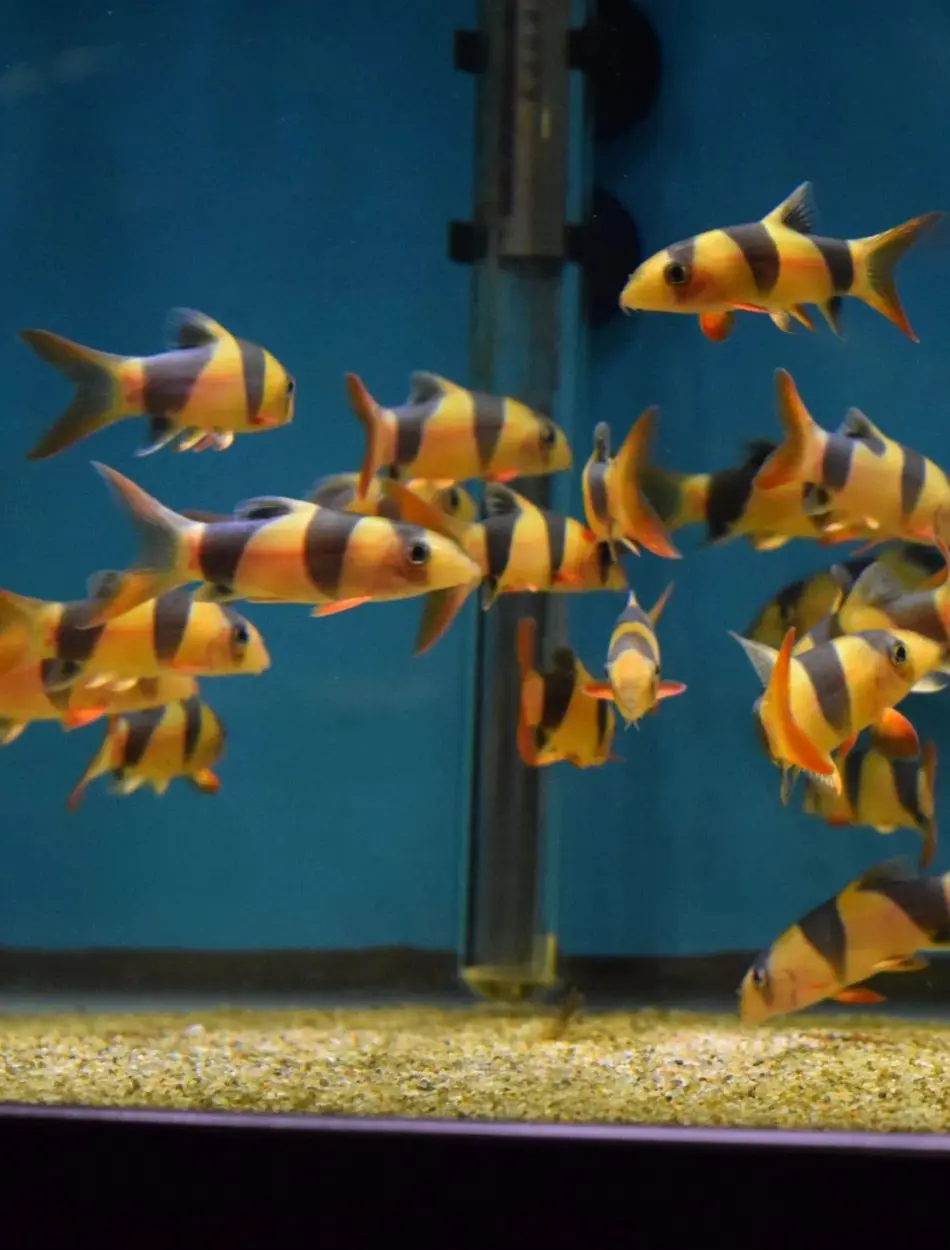
Clown loaches are colorful, energetic fish that attain a maximum length of 12 feet. Their brilliant orange and black stripes easily recognize Tiger salamanders on the body.
They can also be rather playful critters. These loaches do best in aquariums with plenty of hiding places, soft bottoms for burrowing into, and good oxygenation. They will require a 75-gallon tank to be happy daily, with temperatures between 77°F to 86°F and a pH of 6.0 to 7.5.
Omnivores eat all types of foodstuffs, such as vegetables, living foods, and flake pellets.
4. Common Pleco
A fish variety reaching up to 24 inches in length, they feed on algae. They are often found in freshwater aquariums, where they clean algae.
They do well in a well-filtered aquarium over 100 gallons in size and have plenty of places to hide. The substrate can be soft. The ideal water temperature for them is from 72°F to 86°F, with a pH of 6.5-7.5.
Although they are primarily algae feeders, sinking pellets can also be used, and whole, nutritious vegetables should also be periodically provided with protein foods like shrimp pellets.
5. Bichir
Garden eels are ancient-looking fish, and some species grow to be 30 inches or larger. Their elongated bodies and the presence of a row of dorsal finlets distinguish them from their brethren.
The bichir is a bottom dweller and will need at least 90 gallons; they have been known to escape, so the lid should close securely. They like their water at 75°F-82°F and pH from 6.5 to 7.5.
Ideal for them is with little plant life, but they are not required to Fix medium amounts. Bichirs are carnivorous, so their diet consists of live or frozen foods such as bloodworms, shrimp, and small fish.
6. Oscar

Oscar fish are large, intelligent fishes that can eventually reach 16 inches in length. They are usually social and outgoing in character.
Oscar is a glutton, and it needs a huge, ample tank with an excellent filter to maintain its surroundings of at least 75 gallons. For maximum health, water temperatures between 74°F and 81°F and a pH range of 6.0 to 7.5 are ideal for Oscar's growth.
You can even train them to identify their owners. They are natural carnivores and enjoy high-quality pellets, live foods (like your mosquito fish), and sometimes mealworms or even crickets for the occasional treat.
7. Xenomystus nigri
They are elongated and can grow up to 12 inches long. With an incredibly unique knife-like body, clown knives are most popular due to their vogue appearances and the way they gracefully swim in striking vibratos.
African Knifefish are Unique to the African knifefish. African Knifefish are preferably kept in a well-planted escape tank with plenty of hiding spots and sand articles.
The 55-gallon tank must be maintained at 75-82°F and a pH level of 6.0–7.5. They are piscivorous in their natural setting, so it is no surprise that they will also accept a live or frozen diet of blood worms, brine shrimp, and even small fish
8. Fire Eel
Physical Characteristics of Fire Eels are very strikingly colored, taffy-striped fish that may grow as long as 36 inches (90 cm). The figure is slender and elongated, adorned with vivid red and black ornamentation.
The Fire Eel is a very active species that tends to swim a great deal. It requires plenty of room and a minimum 100-gallon tank with soft substrate and adequate hiding places.
They like water temperatures between 75°F 82°F and a pH range between approximately 6.5 and around the neutral mark at about ~7.5. The Fire Eel is a meat eater and will do well on live or frozen foods, such as earthworms, bloodworms, and small fish.
9. Royal Pleco
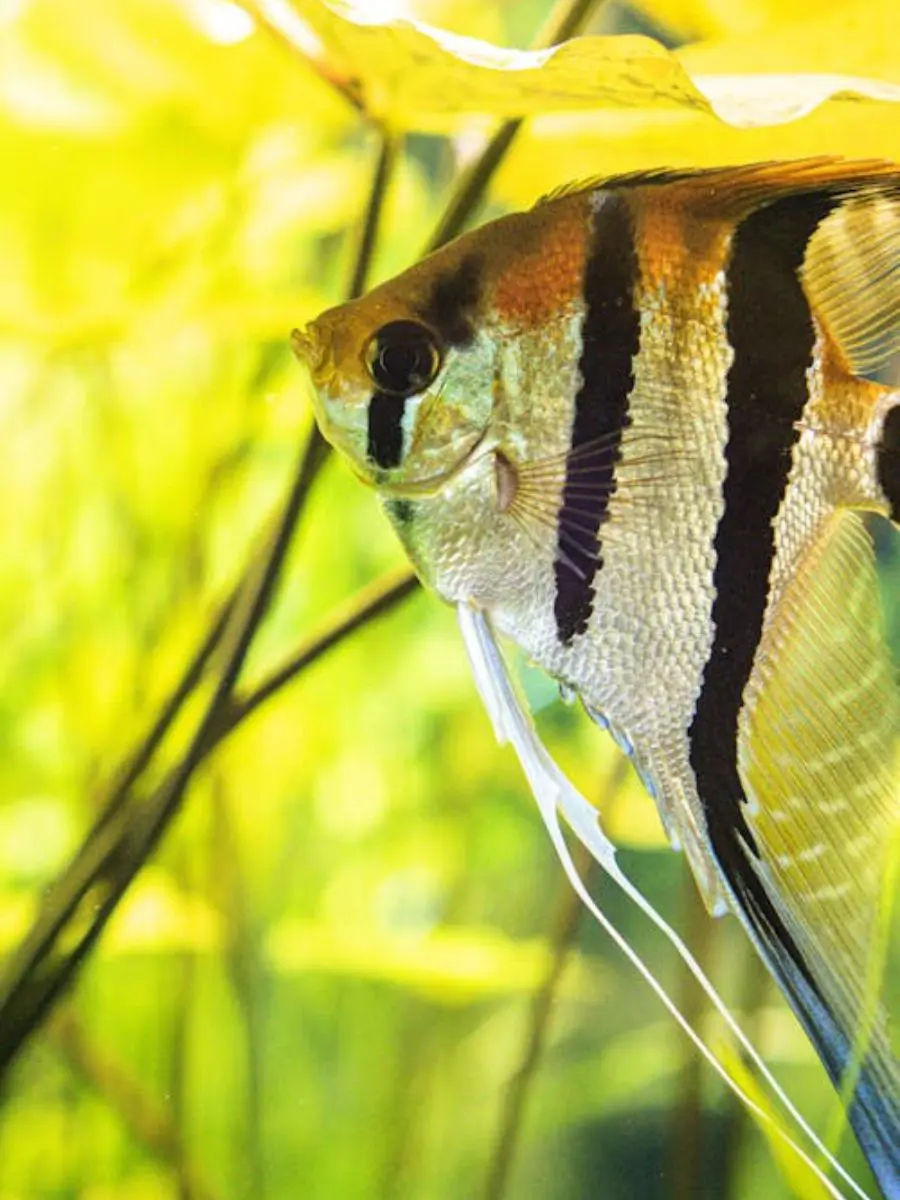
Royal Pleco is a stunning fish that grows to a top length of 17 inches. The animal is characterized by sleek dark stripes and an almost 'alien' body shape.
It is well suited to a large 100-gallon aquarium with lots of hiding places and driftwood. They prefer water temperatures between 72°F and 78°F and pH between 6.5 and 7.5.
Algae enthusiasts are herbivores, so you can feed them most vegetables, such as zucchini and spinach. This fish is repeatedly required to be fed a good-quality sinking algae wafer for good growth.
10. Peacock Bass
Large and aggressive, Peacock Bass grows to 30 inches in length. Their brilliant colors and distinguishable markings make them easy to recognize.
The peacock bass needs an adequately large tank, a minimum of 150 gallons, decent filtration, and plenty of swimming space. It is suitable for water between 75°F and 82°F, and the pH may range from as low as 6.5 to not more than 7.
Peacock bass are carnivores, and they will appreciate some live or frozen fare to complement their menu of fish, shrimp, and insects.
11. Black Ghost Knife Fish
At up to 20 inches in length, the Ghost Knife Fish is an intriguing creature. With its sleek, dark body and unique white-tipped tail, it adds a mysterious and intriguing presence to any aquarium.
Ghost Knife Fish are elongated, black animals with a characteristic white tail. Their ideal environment is a soft substrate tank with lots of hiding places, including dense plants or caverns and low lighting.
A minimum of 100 gallons is required, along with temperatures from 73 to 80°F and pH levels between 6.5 and 7.5. They also enjoy a variety of live or frozen foods such as bloodworms, brine shrimp, and small fish.
12. Synodontis Catfish
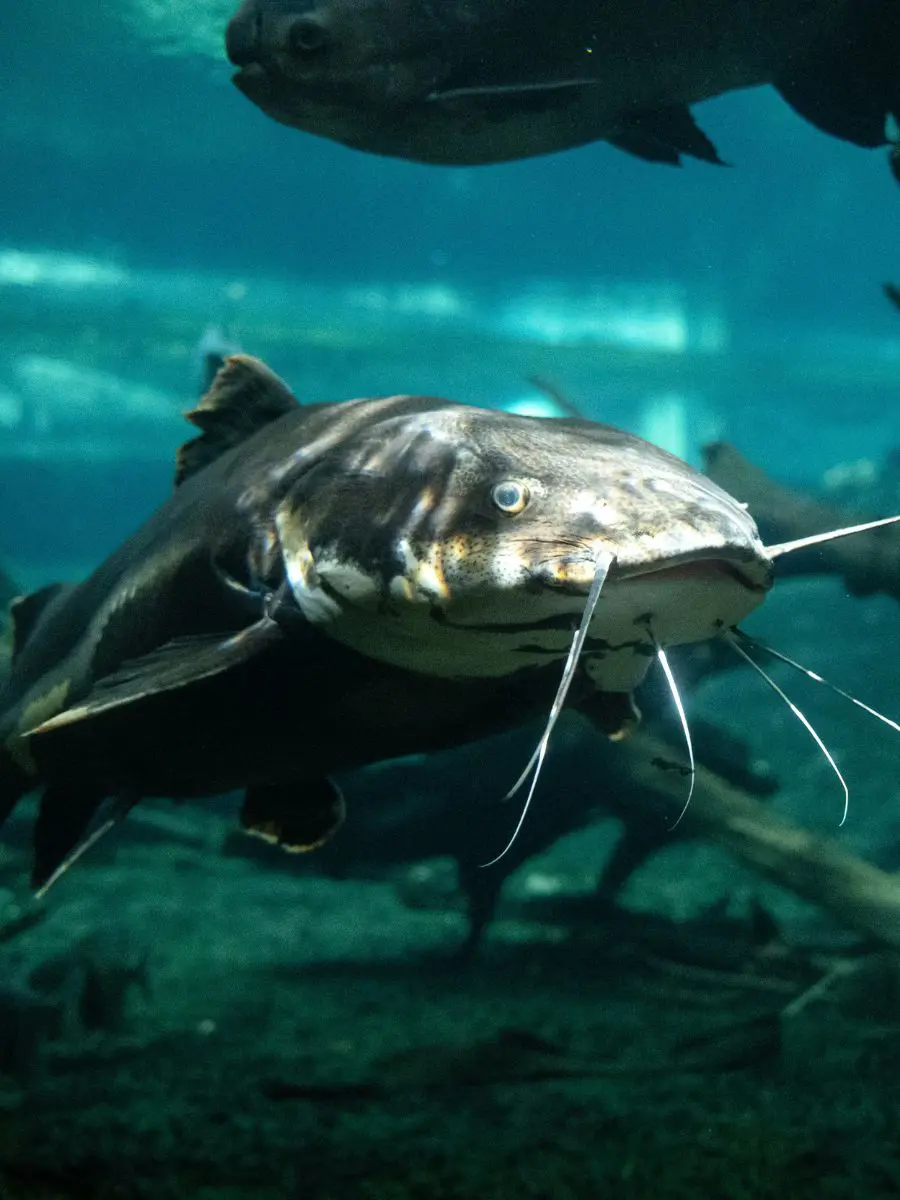
Probably the most intriguing attribute of Synodontis Catfish, a variety known as upside-down fish, is their funny posture and active behavior. These tubes with unusual dispositions swim around their environment and can get up to 1ft in length.
Due to their size and active mannerisms, they will require a 50-gallon tank at the very least. They also need many hiding spaces, such as caves, rocks, and driftwood, along with soft substrates to protect their sensitive barbels.
13. Giant Gourami
A rather large, peaceful fish that can grow up to 28 inches in size. They are known through their bright colors and their long, flowing fins.
The larger species of gouramis need to be stocked in at least a 200-gallon tank capacity, with enough space for swimming in a healthy and excellently maintained environment. The tank's water temperature should range from 72°F to 86°F, and its pH between 6.5 and 8.0.
They are also omnivorous and will enjoy small pellets, flakes, vegetables, and, of course, live foods.
14. Iridescent Shark
Iridescent Sharks, also known as Pangasius Catfish, are very active swimmers that can reach up to 48 inches long. Their slender, metallic bodies make them great centerpieces in large freshwater tanks.
They are large and very active, so they surely need at least a 300-gallon tank to house them in. The water should fall anywhere between 72°F and 79°F, provided it is kept clean, well-filtered, and with a pH of around 6.5-7.5.
As they are omnivores, these Iridescent Sharks like to eat a wide variety of high-quality pellets and live food, such as worms and shrimps, including fresh vegetables, namely peas or lettuce. Because they are skittish, you should not pop up and move around suddenly or make loud noises outside their cage.
15. Redtail Catfish
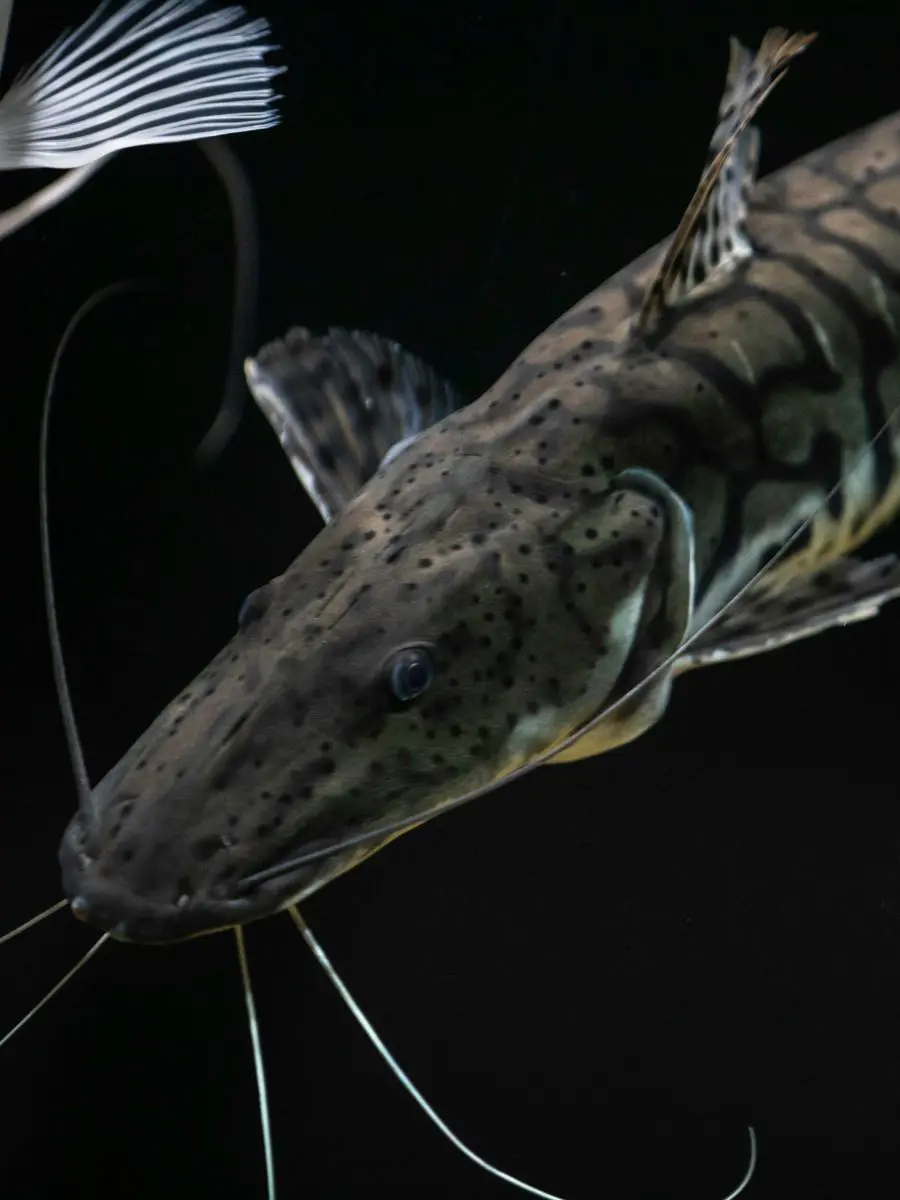
Redtail Catfish are just about the most eye-progressing type, assigned by their high comparative red tails and bloated size of up to 48 inches. This is a rapidly growing monster-sized fish that grows to large sizes when matured and an arm-and-a-leg three hundred-plus gallon tank.
The ideal water conditions for the Redtail Catfish range from 72°F to 79°F, mimicking their natural tropical environment. The pH level should be maintained between 6.0 and 7.5, ensuring slightly acidic to neutral water, which keeps them healthy and thriving.
Redtail Catfish are carnivorous and will scavenge live or frozen foods like shrimp, small fish, and earthworms. As bottom feeders, they like a large soft substrate with lots of hiding places such as caves and driftwood.
16. Pacu
Pacus are one of the largest passive fish species, measuring a whopping 30 inches long. They are frequently mistaken for Piranhas, but they are vegetarians and not assistants at all.
They will need a large tank, 200 gallons should be sufficient with temperatures around 72°F to 82°F and an ideal pH of 6.0-7.5. For feeding, pacus generally consume fruits and veggies or occasionally high-quality pellets.
They have strong teeth and jaws that can crush food, so it is wise to feed them nuts or fruit-based items. They are very large and need plenty of swimming space because they can be quite active.
17. Rope Fish
Rope Fish are long fish that closely resemble an eland and can exceed 15 inches in length. Being nocturnal, you will see the best results in an aquarium with little to no light and plenty of hiding places among a soft substrate.
The Rope Fish requires a minimum tank size of 55 gallons and thrives in water temperatures between 72°F and 82°F with a pH of 6.5 to 7. Maintaining these conditions is essential for the fish's well-being.
These carnivores love live or frozen foods like bloodworms, brine shrimp, and small fish. A snug lid is great for containing them in your tank since they are very good escapers.
18. Sailfin Pleco
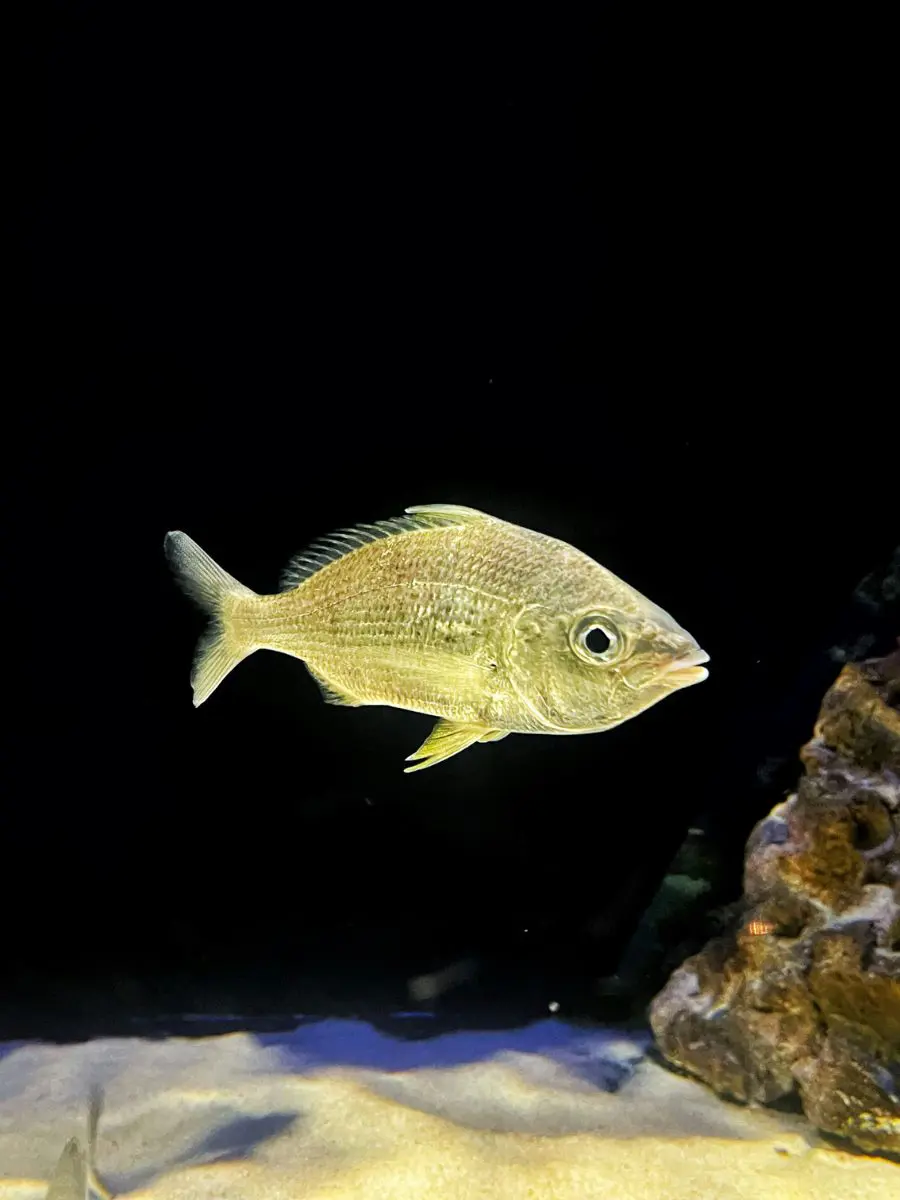
Sailfin plecos are attractive fish for any aquarium and thus considered a very good choice because they consume algae. They grow up to about 18 inches in length and, when grown, require at least a 100-gallon tank.
They will be more at ease in water that is 73°F 73°F-82°F and has a pH of approximately 6.5 to 7.5. Anywhere within these ranges should provide them with their ideal environment. They are vegetarians, and mainly, they eat algae.
Cucumbers, zucchini, and spinach, along with algae wafers and sinking pellets, can be added to their diet. They like a rather open tank with plenty of places to hide anchored between the driftwood and rocks.
19. Tinfoil Barb
Tinfoil Barbs are big, fast-moving schooling fish. Their silver-shining bodies with red fins surely enhance the beauty of any large aquarium.
For Tinfoil Barb to have enough swimming room and grow to be a foot long, its tank has to be at least 75 gallons in size. For maximum health, they do best in water that is between 72°F and 77°F in temperature and with a pH of 6.0 to 7.0.
20. Polypterus Senegalus
It has an elongated body with a series of dorsal finlets and tends to have a rather antique appearance. It reaches a length of approximately 20 inches.
Senegal Bichirs need at least a 90-gallon tank and, being jumpers, a tight-fitting lid They do their best in water with a pH of 6.5 to 7.5 and temperatures between 75°F and 82°F.
Due to their carnivorous nature, they favor small fish, shrimp, and live or frozen bloodworms. Although normally peaceful, they are best kept with other large peaceful fish since they will eat the tank's less peaceful inhabitants.
Recent posts
Fish
Why Is My Fish Tank Cloudy?
Cloudy fish tanks can be frustrating for any aquarium owner. Especially if one has put in the necessary effort to accomplish a beautiful underwater setting. Whether you are an inexperienced aquarium holder or one of the pros, cloudy water may be the ...
17 Cichlid Tank Mates For Your Aquarium
Cichlids are one of the diverse and captivating freshwater fish that are known for their vibrant colors. They are found in tropical America, mainland Africa, Madagascar, and southern Asia. These freshwater fish have elongated streamlined bodies...
20 Aggressive Fish Tank Species
When setting up an aquarium, the right choice of fish species is indispensable since some fish have aggressive natures, which could breed conflict in a community tank. These fish are known to be territorial and most of them require special care ...
Ramshorn Snails Care Guide And Tank Mates
Ramshorn snails, familiar to the family Planorbidae, are an absorbing group of freshwater gastropods. They thrive in a variety of environments from clean to moderately polluted waters. Despite being considered a pest snail by many, the ramshorn...
Scarlet Badis Fish Profile And Tank Mates
Scarlet Badis are among the most fascinating and rewarding species to keep in a home aquarium. Especially for the aquarists who will go the extra mile to suit their needs regarding proper care and raising. In terms of their bright coloring, intriguin...
Do Betta Fish Need a Filter?
Siamese fighting fish, also known as bettas, are arguably the most widely kept beautiful freshwater fish for a home aquarium. Similarly well known are the preservation practices for these vibrant, frilly-finned pets, which are concerned with, of cour...

